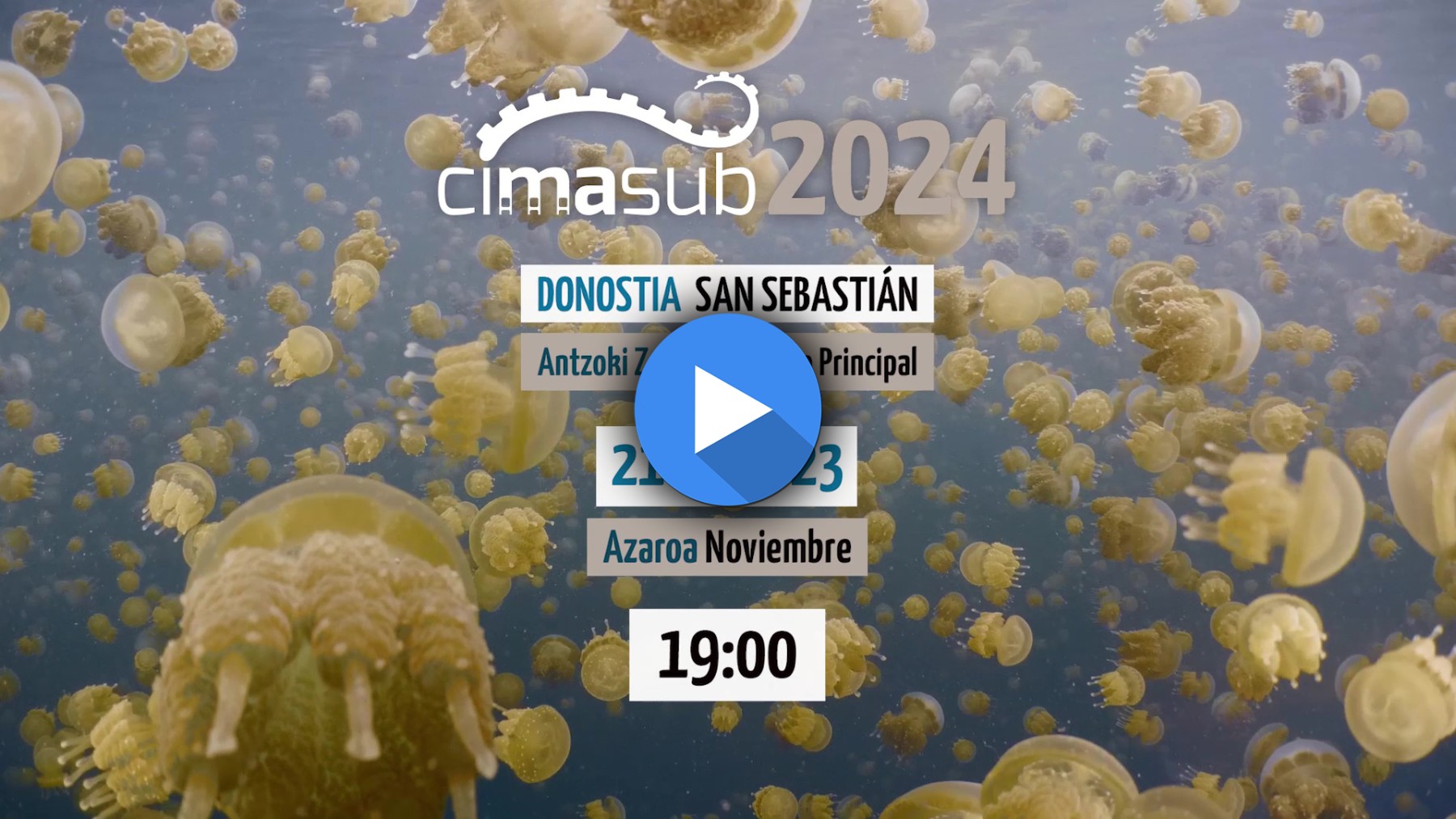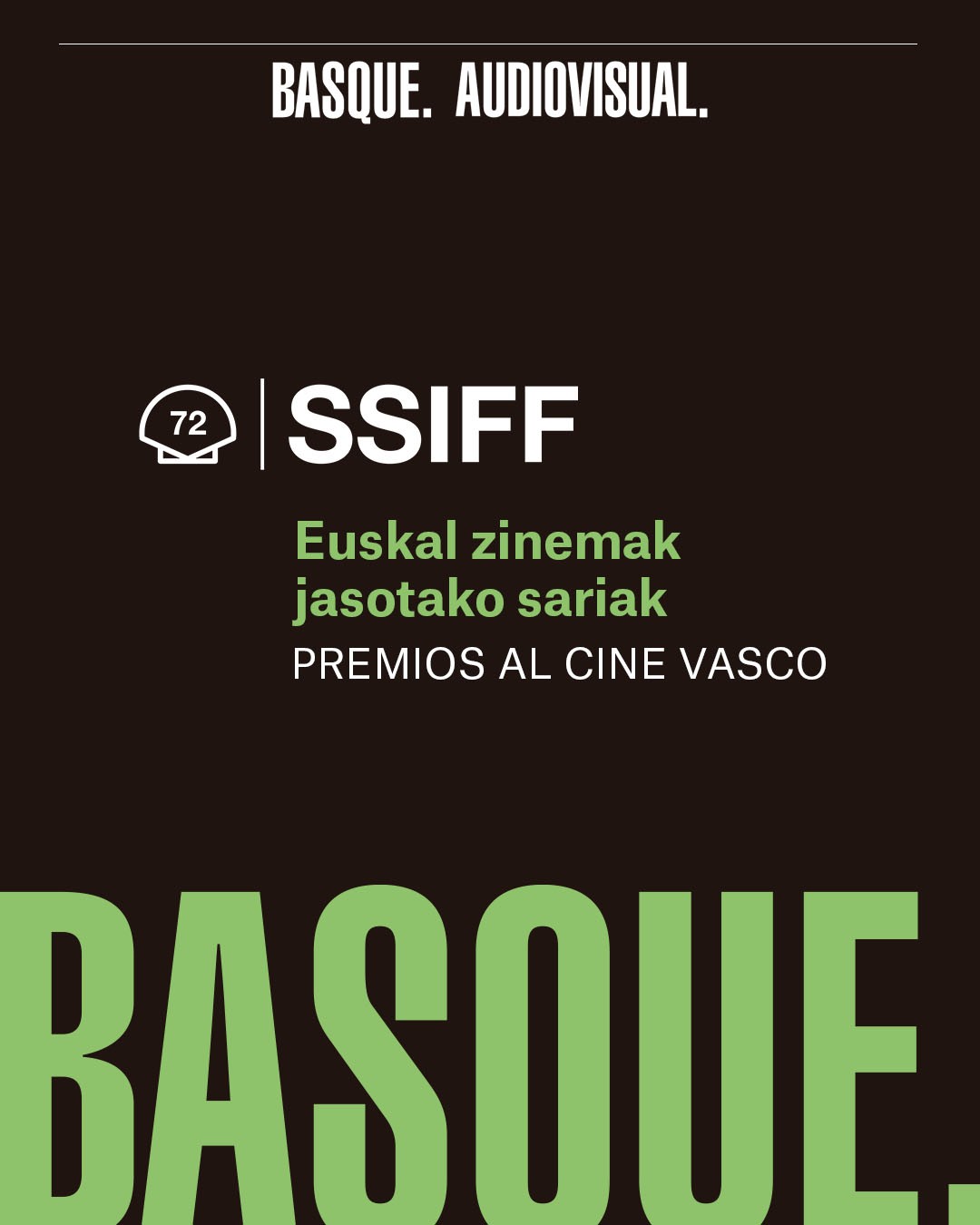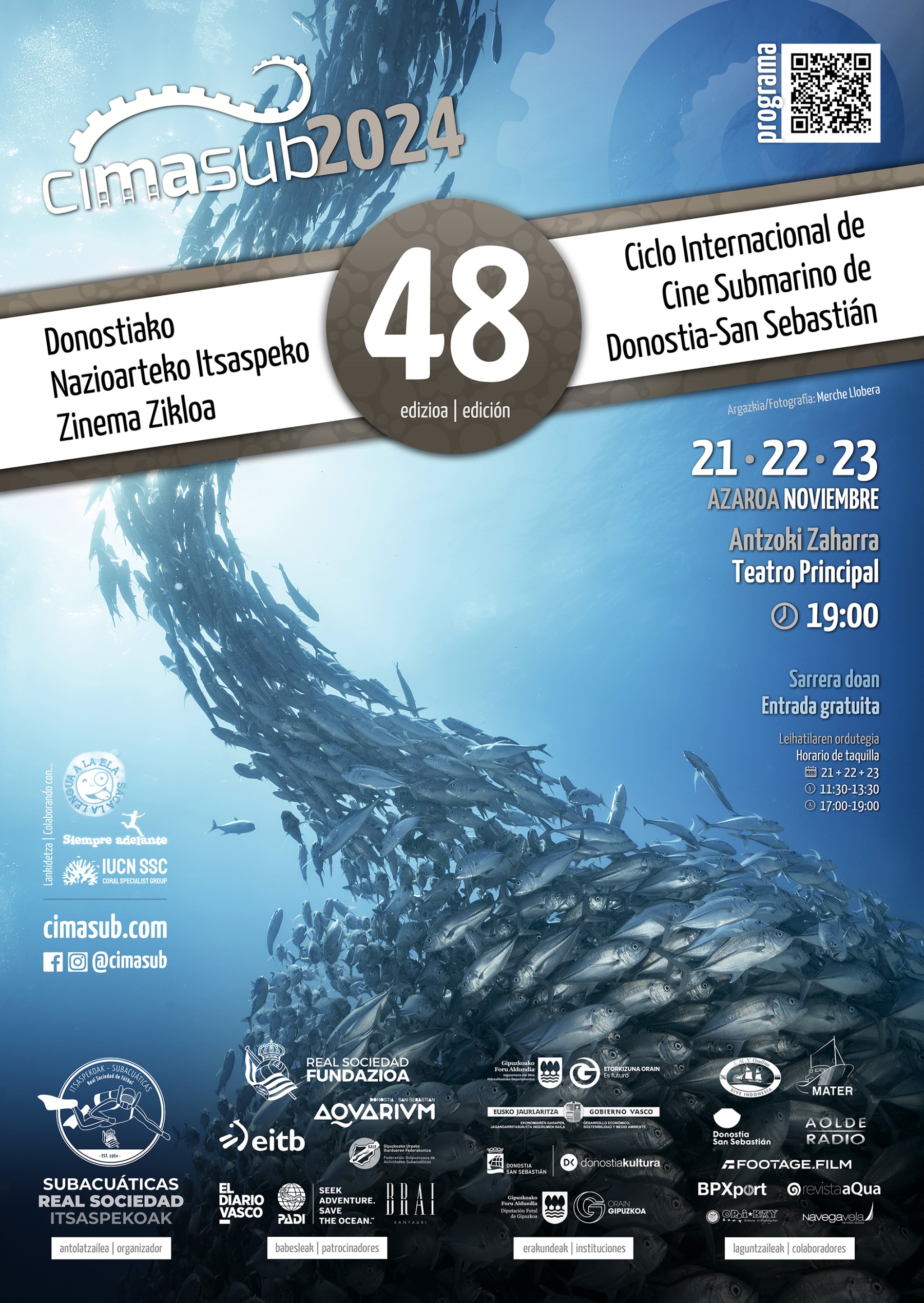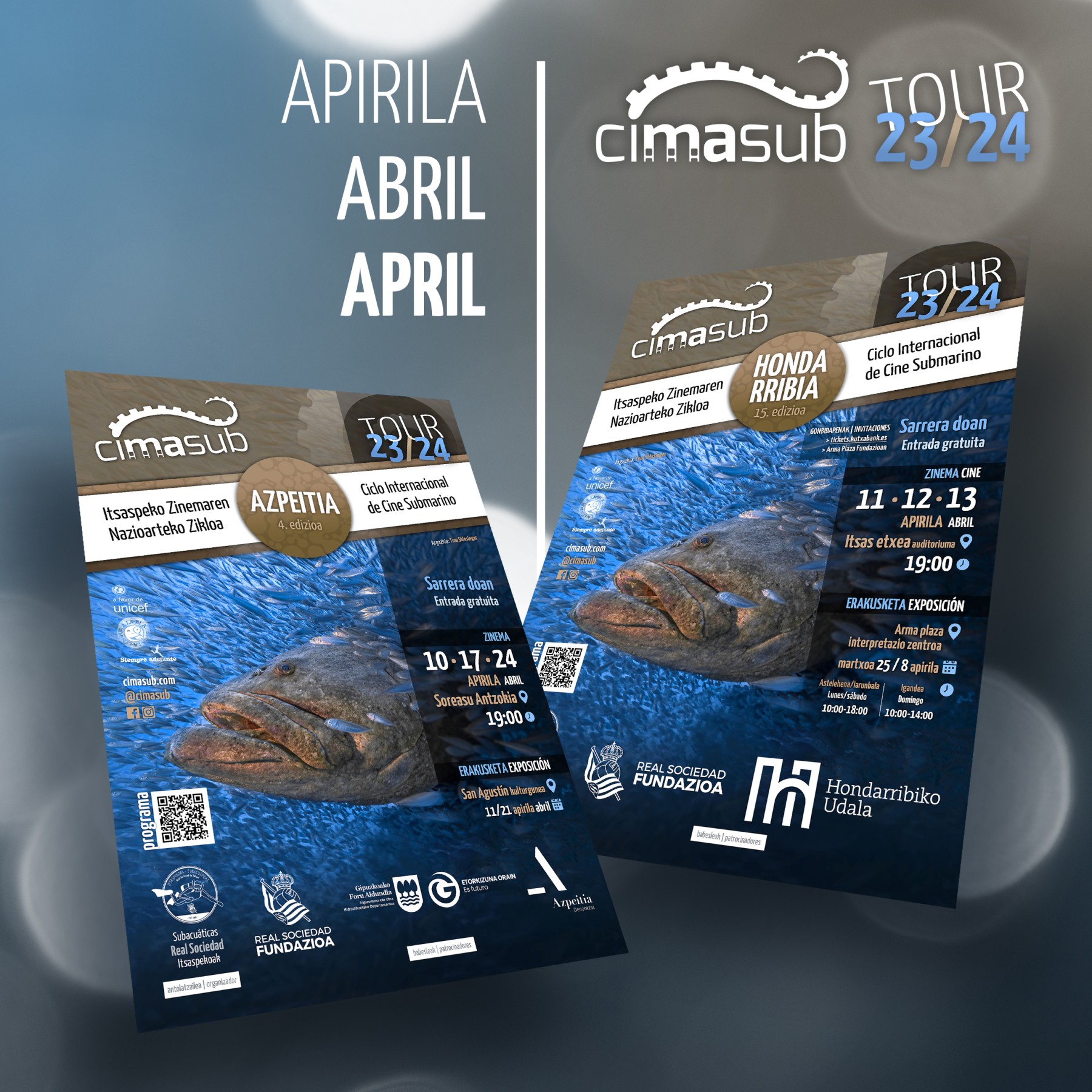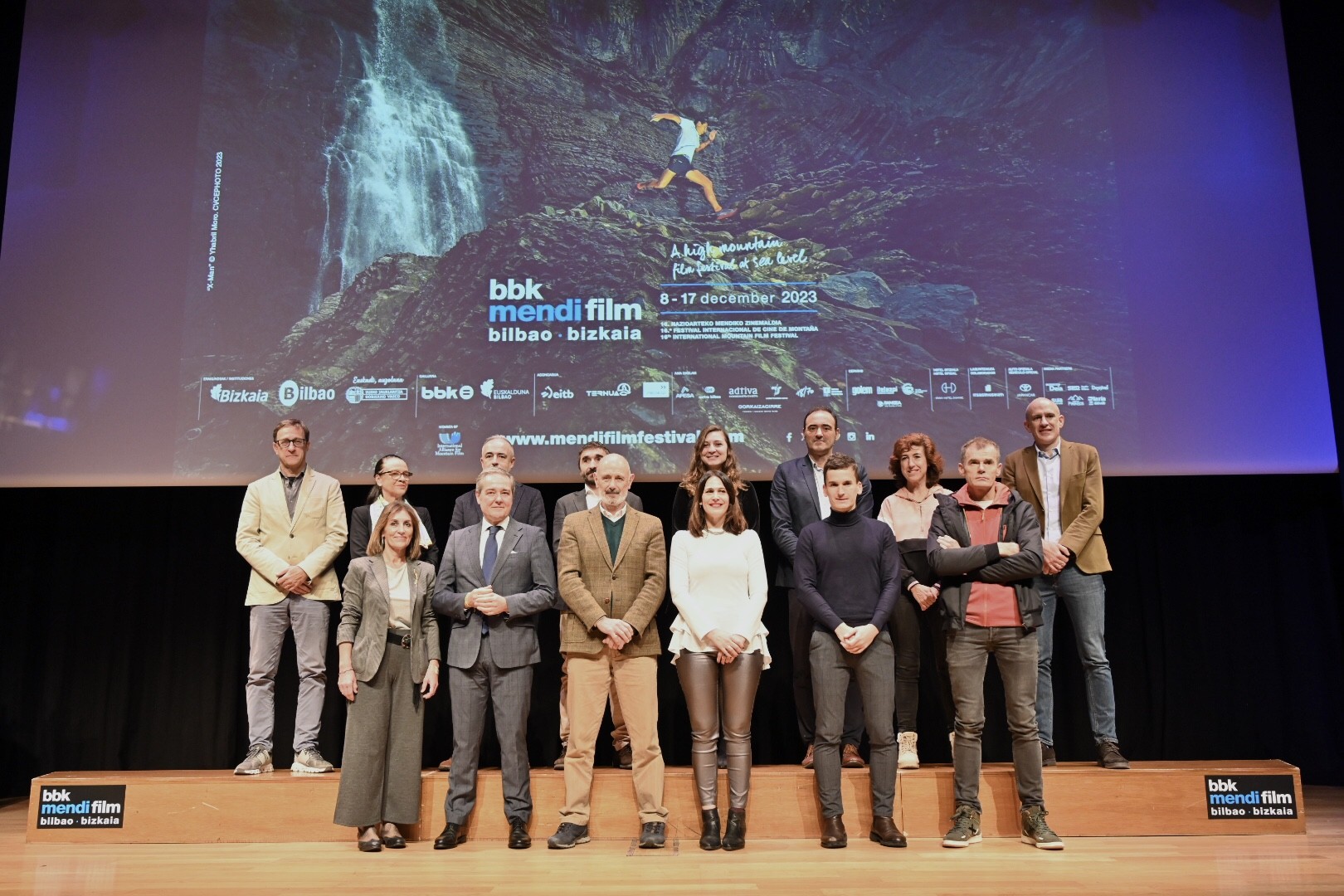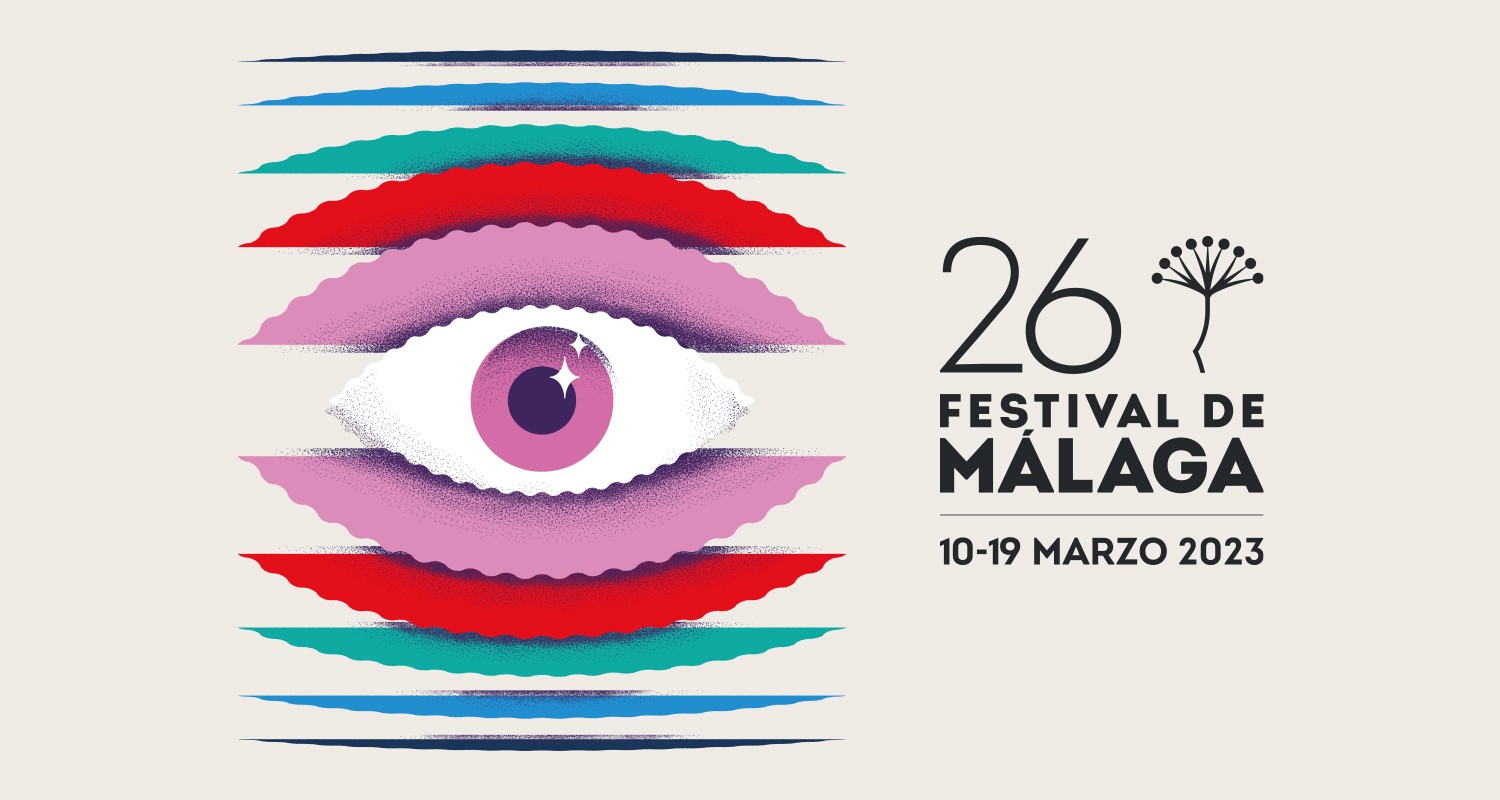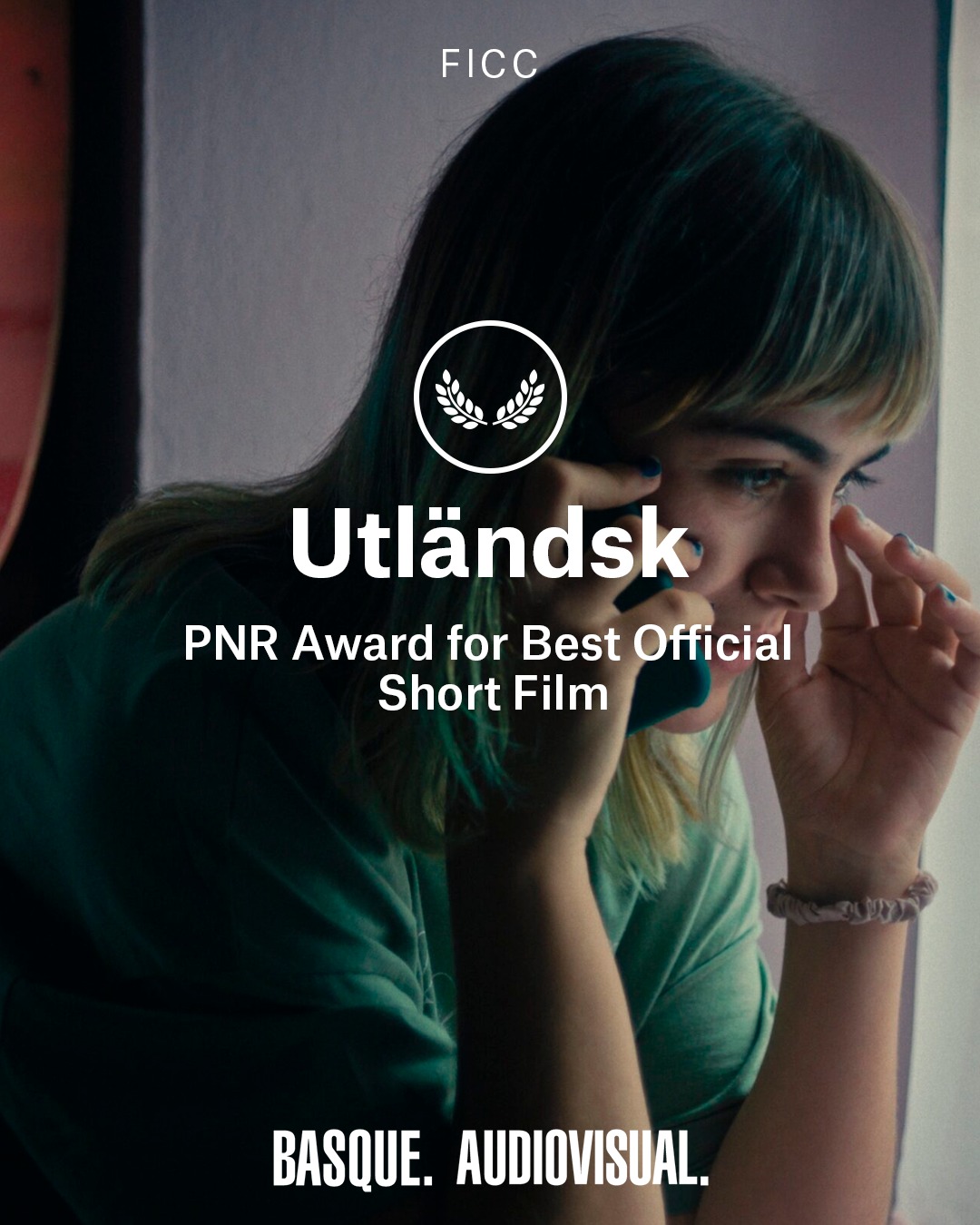2024-09-01
"Participating in the Nest section of the festival provides a boost to believe in and continue trusting the way one conceives cinema"

Nest, the international short film competition for film students at the San Sebastian Film Festival, will feature the screening of ‘The Third Landscape’ by Julen Etxebarria. In this work, produced by Elias Querejeta Zine Eskola, the director will show us how the fungus Microsphaerella dearnessi, which affects the Insignis pine variety, has expanded across the landscape of the Basque Country even infecting the painted forest of Oma, the artwork of the Basque artist Agustin Ibarrola.
What led you to direct ‘The Third Landscape’?
I graduated in Film from Camilo José Cela University (Madrid) and later completed a master’s degree in Cinematography at the University of Córdoba. I am currently working on a doctoral thesis about editing in the cinematic work of director Terrence Malick. I also undertook a research stay at the University of Messina (Sicily), focusing on the staging work of directors from the Italian Neorealist movement. In 2023, I completed a postgraduate course in Creation at the Elías Querejeta Zine Eskola.
During my studies at Elías Querejeta Zine Eskola, within the framework of the Avant-Garden course, which involved creating a cinematic garden, I developed ‘The Third Landscape’, a film project focussed on the fungus that infected the painted forest of Oma, the work of Basque artist Agustín Ibarrola.
How has your style and approach evolved from your early works to this short film you are presenting at Nest?
The starting point of my projects is usually a space or a place undergoing transformation. From this initial choice, I have always enjoyed working with a methodology that allows me to alternate between the filming and editing phases, and to conceive the film as a living organism.
Regarding style, I believe I am increasingly moving towards an observational and poetic cinema where cinematography and editing play a significant role in conveying certain sensations. As for sound, I sense that I will gradually reduce dialogues to the point of creating almost entirely silent films.
Where did the idea for this short film come from? What inspired you to tell this story?
In August 2022, I signed up for a guided tour to learn about the work being done in the new Oma forest, located a few kilometres from the original one. During the visit, I felt a deep desire to depict the illness of the old forest, which at that time had been abandoned.
While making the short film, the book ‘Manifesto of the Third Landscape’ by the French gardener and landscape architect Gilles Clément served as a guide for me in how to observe the space. During my initial visits to the Oma forest, I had the chance to observe the growth of vegetation, the emergence of oak, chestnut, and holly, and how these gradually concealed the paintings behind them. The transformations occurring in the forest echoed Clément's reflections on the landscape: "A forest that arises from waste always carries a greater diversity than a managed forest. A forest that arises from waste belongs to the Third Landscape." One thing I learned from those early visits to the Oma forest was that, over time, an abandoned land turns into a wealth.
What challenges did you face in bringing this story to the screen?
One of the unique aspects of The Third Landscape is that it was filmed on 16mm film. This decision to shoot on celluloid was primarily driven by our desire to infect part of the film material with the fungus that caused the Painted Forest of Oma to fall ill. With the help of restorer Lorena Soria, we took dry samples from the paintings and the bark, then cultivated the fungus in several Petri dishes with an agar culture liquid. These dishes were incubated for 8 days to allow the fungus to grow. After that, we selected the film roll and decided on the degree of infection it should acquire. Over a period of 15-20 days, the roll was placed in an individual, isolated case that contained the same agar culture liquid, previously inoculated with the forest fungus. The purpose of this process was to approximate the experience of the image's disappearance.
What does it mean to you and the team to have been selected for the Nest section of the San Sebastian Festival?
The seed of this short film was planted at the beginning of the course at Elías Querejeta Zine Eskola and has developed over time with the support of fellow students from the Creation, Archive, and Curation subjects. In this regard, mutual assistance and cooperation among the students have been crucial in bringing the film to fruition. For this reason, the selection of ‘The Third Landscape’ at the festival is a recognition of this collaborative effort. I am convinced that the selection of the short film will strengthen us and encourage us to continue collaborating on future projects.
What are your expectations regarding the reception of your short film in San Sebastian?
The short film combines both documentary and experimental narratives, which may stand out due to its uniqueness. On the other hand, I am confident that ‘The Third Landscape’ will spark great interest in the process of the film's infection.
How do you think participating in Nest could impact your career?
Participating in the Nest section of the festival gives a significant boost to believe in and continue trusting the way one approaches cinema. It also provides the strength to persevere in this demanding career as a filmmaker.
Do you have any other projects in mind or currently in development that you can share?
Right now, I am in the process of editing a documentary short film titled ‘Terra dei Ciclopi’. The concept for the film emerged from discovering a place, the fishing village of Acitrezza in Sicily, where Visconti shot ‘La Terra Trema’, a milestone of Italian neorealism.
In 'Terra dei Ciclopi', the main characters are retired fishermen from Acitrezza who, during the summer season, transport tourists in their boats from the marina to a small archipelago known as the Cyclops Islands. The name of these islands comes from Chapter IX of the Odyssey, which tells the story of Ulysses and the Cyclops Polyphemus.

























